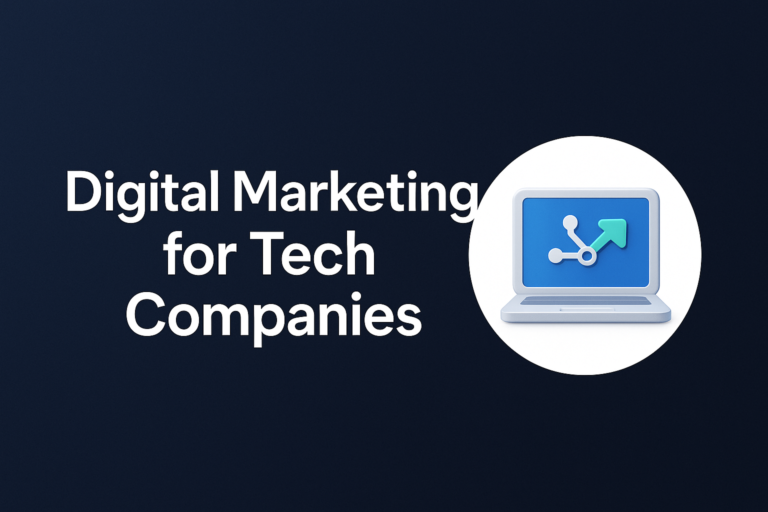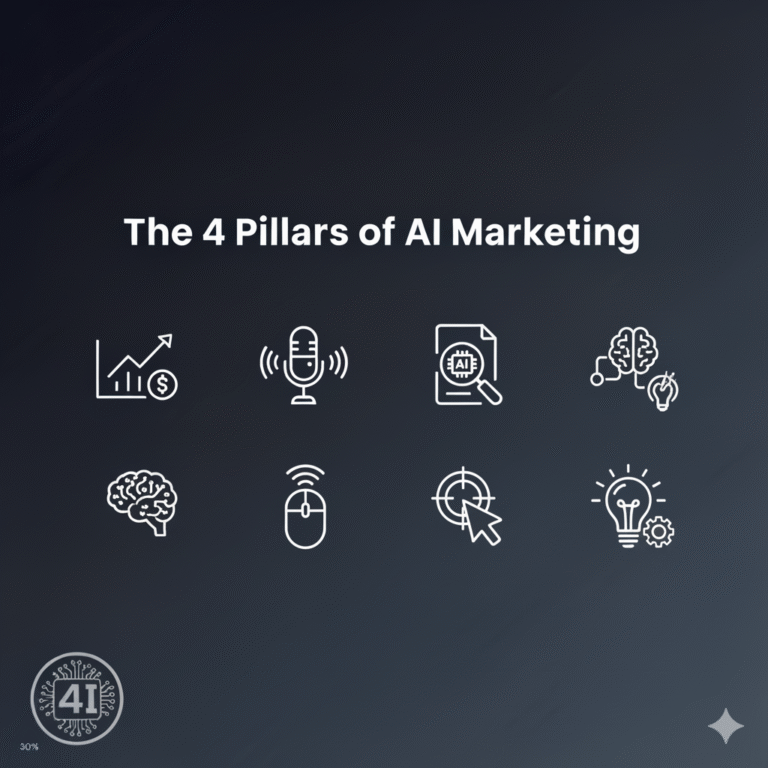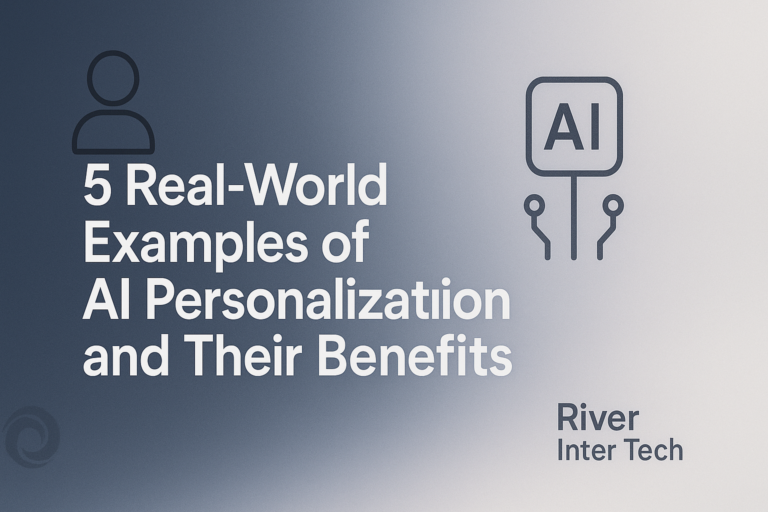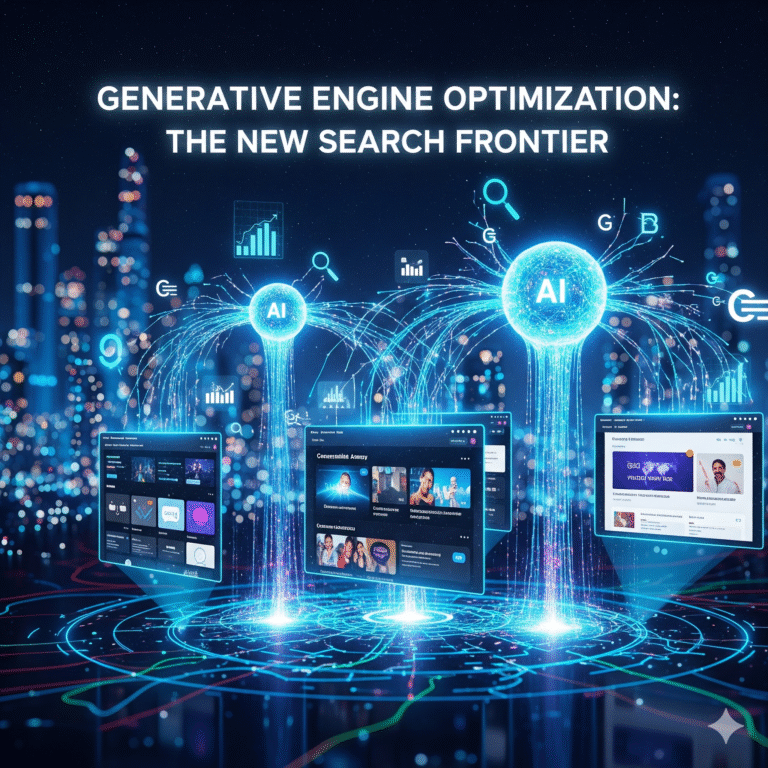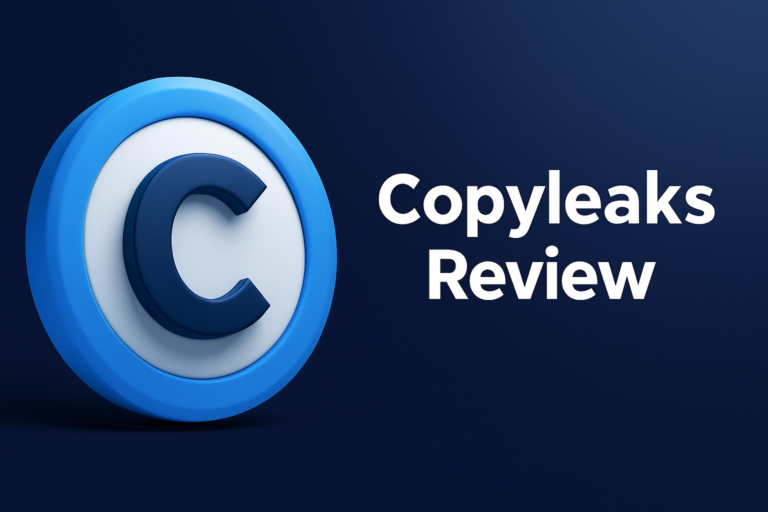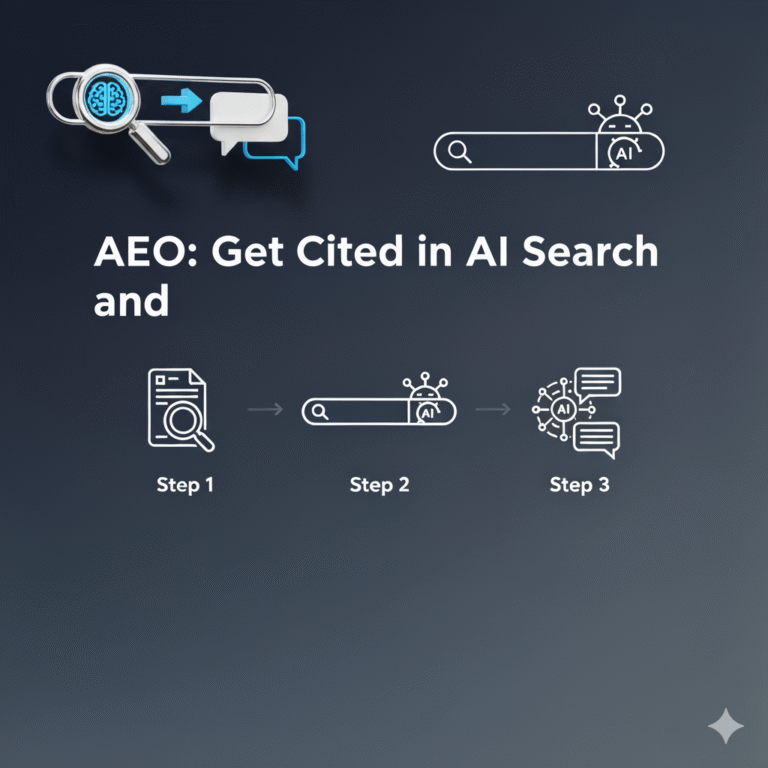Mastering Market Research with AI: Automation Tips for Personalized Results
Most companies waste time on market research that misses the mark. If your research feels too generic or outdated, you’re not alone. But you don’t have to accept random guesses or one-size-fits-all advice. Today, you can use AI in marketing automation to turn your market research into a real advantage.
Why Name, Goal, and Funnel Matter for Research
Before you start, three things shape good research: your business name, your main goal, and the funnel you plan to use. These details seem basic, but they make all the difference in getting useful answers from artificial intelligence.
Without them, research can go off track or give you results that don’t fit your needs. Every smart analyst starts with these facts. According to the Digital Marketing Institute’s 2024 guide, brands that anchor research to firm details uncover stronger trends, spot weaknesses, and target the right audience. Plus, you avoid wasting money and time.
Let’s look at what each piece brings:
1. Your Business Name
The name lets you see who your competitors are, what people think about your company, and where your brand stands. When AI tools know your name, they scan the web for mentions, reviews, and social posts that matter to you.
The result: You spot gaps and risks others miss.
2. Your Main Business Goal
A clear goal shapes what you measure and how you act. Without it, even the best AI algorithms struggle to sort what’s important. Experts like Robert Dickey of AQ Marketing say, “If you don’t name your goal, you won’t know which leads, tools, or messages matter.”
Research shows that firms with clear goals see better ROI from marketing automation artificial intelligence.
3. Your Funnel Type
The funnel decides how you engage leads, what content you show, and which automation tools fit best. For example, a sales funnel works differently than a lead magnet.
If you use the wrong funnel data, campaigns flop and users tune out. Omind.ai’s 2024 trend report says that funnel-first planning is now a must for anyone using AI powered marketing automation.
How AI in Marketing Automation Changes Market Research
Let’s get into how artificial intelligence and automation transform research, making it quicker, smarter, and less manual. Here’s what happens when you combine these tools:
AI Gathers and Sorts Data Fast
AI in marketing automation scans thousands of sites, chats, and reviews in seconds. It finds what people say about your brand, your rivals, and your market.
Unlike old research methods, you get results in real time. You can watch trends as they happen.
Smart Tools Spot Patterns People Miss
Machine learning goes beyond raw data. It finds connections between what customers do and what they want. This could be as simple as noticing more clicks for one product, or as deep as tracking why people leave your funnel.
Personalization at Scale
AI doesn’t just show you what’s happening. It helps you talk to each group of customers with messages they care about.
It can send custom emails, show targeted ads, and suggest new content based on each user’s actions—without you having to write each message by hand.
Steps to Tailored Market Research with AI Marketing Automation
Now let’s walk through the process, step by step, so you get research that works for your brand and your goals.
Step 1: Input the Basics
Start by entering your business name, your main goal, and the type of funnel. This sets the stage for the AI to dig deep and stay relevant.
Even top agencies follow this step, because a clear context leads to the best results.
Step 2: Analyze Your Competition
AI tools scan your competitors’ sites, reviews, and ads. You see what works for them and where they fall short.
This helps you spot trends that you can use—and also find room to stand out.
Example
Netflix uses AI to watch what other streaming services offer, then creates new shows or features that fill gaps. This keeps them ahead.
Step 3: Find the Right Audience
AI segments your market so you aren’t casting a wide net. It groups users by needs, habits, or locations.
This makes your outreach much more focused. Plus, the system keeps learning, so your audience profiles get smarter over time.
A SaaS company using AI marketing automation USA could target only companies switching from old software, making their campaigns more likely to convert.
The funnel type you pick guides the AI in tracking every step, from first visit to final sale. The AI logs what touchpoints matter and where people drop off, so you can patch leaks fast.
Thanks to machine learning, your dashboard updates as people interact with your brand.
You get alerts about sudden changes, like a spike in site traffic or a drop in email opens. This means you fix problems while they’re small.
Real Examples of AI in Marketing Automation
Let’s make this clear with some brief stories:
An e-commerce shop uses AI to suggest products after a user browses shoes. The user gets a custom email with shoe care tips and related items. Open and click rates jump, leading to more sales.
A B2B company wants to predict which leads are ready to buy. The AI studies past deals, then scores each new lead. Sales teams now spend time on the best prospects instead of guessing.
A brand wants to keep messages consistent across email, social, and SMS. AI-powered tools automate posts and replies, making sure the tone and timing fit the user’s journey.
What Makes Good AI Market Research Stand Out?
- Custom audience segments tied to your funnel
- Action steps based on live data, not just summaries
- Alerts for shifts in market sentiment
- Benchmarks from top competitors and industry leaders
- Next-step recommendations you can use now
Overcoming Common AI Marketing Automation Myths
You might hear that AI tools are only for big brands, or that they take away jobs. That’s not true.
AI in marketing automation levels the playing field. Even small businesses can use tools that once cost a fortune. And by handling boring tasks, AI lets teams focus on creative ideas and building connections.
Key Tips to Get Started
- Always begin with your business name, main goal, and funnel type
- Pick tools that integrate with your CRM and email suite
- Set clear KPIs so the AI knows what to measure
- Review data weekly, not just once a quarter
- Test, learn, and adjust based on what the AI uncovers
Take Action on Your Research
Now that you know how to unlock AI in marketing automation for tailored research, it’s your turn. Gather your business name, pick a clear goal, choose your funnel, and plug these into your marketing tools.
Review the first results, test a new tactic each week, and watch your campaigns get smarter month by month.
Frequently Asked Questions
By analyzing live data, AI uncovers trends and patterns faster than humans. This lets you react to changes and spot new opportunities before your competitors do.
Most tools are user-friendly. If you set clear goals and connect your data sources, the AI does most of the heavy lifting.
Yes. Whether you run a SaaS startup or a retail store, you can use AI to segment your audience, personalize content, schedule campaigns, and track ROI.
If you skip the setup steps—like feeding in your name, goals, and funnel—the AI may give generic advice. Start with details, and stay involved as you review reports.


